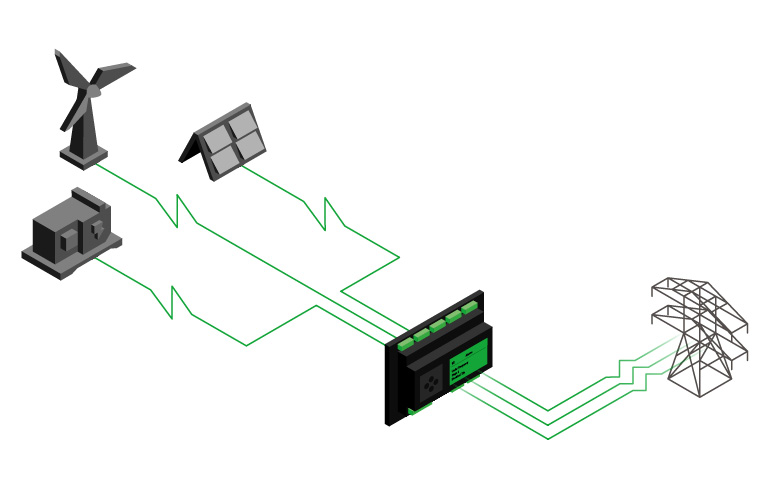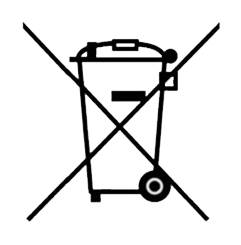
TECHNICAL FOCUS - Imminent Grid Code Changes and how they could affect your connected application
Increasing demand for renewable energy, along with the requirement for stable grid/utility networks, is driving major changes within the power industries across GB, Europe and the USA – and the changes are imminent.
To find out how DSE's P100 can help you meet the new regulations please click here
With a commitment to finding greener alternatives for generating power, the number of inverter connected appliances feeding power into the mains/utility networks from such as solar and wind installations etc., is growing daily as countries work towards ambitious targets to reduce greenhouse gas emissions.
Renewables, by their very nature are much more variable as they depend on weather or climatic conditions, which change. So looking to the future and the requirement for increased renewable energy, set against the need for network stability and reliability, has led the governing bodies IEEE (Std. 1547) & ENTSO-E (RfG) and Working Group GC0079, to review the Regulations governing connection and disconnection of all generators, including inverter connected and synchronous.
Individual electricity organisations from USA, Europe and GB set up working groups to outline their individual key issues facing their power networks and the path that should be taken to address the future challenges of maintaining grid stability and reliability. The tasks were immense but proposed changes are now being finalised with a view to them being made public very soon, and will affect all new connected installations throughout the USA, Europe and GB, with GC0079 applied retrospectively to all existing and new installations within GB.
Current regulations are aimed at immediate disconnection of the installation on detecting a network fault to avoid the possibility of islanding, but this is now found to be exacerbating instability issues: connected DERs (Distributed Energy Resources) have increased significantly in numbers and their sudden removal from the network no longer goes unnoticed. The new regulations will instead be aimed at keeping DERs connected through voltage or frequency dips unless a genuine unintentional island occurs. This includes the ability to ride through sudden step changes for which a trip delay is required. Under the new GC0079 regulations a more sophisticated level of measuring will be needed for this, with the ability to determine if ROCOF is exceeding new settings (either 1Hz-1 or ½Hz-1), for a sustained period of half a second, before initiating a trip. Systems relying on equipment that measures an average over a time period to provide the delay will not pass the testing under the new regulations. This will be a problem for all applications currently operating in this way as these changes are retrospective, meaning those existing applications will no longer comply.
When the final versions of the approved new standards are released, GB, USA and Europe can expect to see the framework for a much more stable and reliable grid/utility network, which allows applications to stay connected through temporary or fleeting power disturbances, and in some instances delivering additional power to further support and stabilise the grid.
